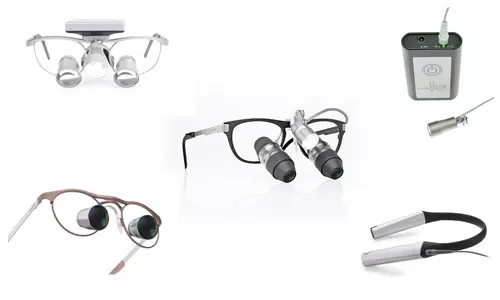Freephone 0808 1000 888 | sales@evident.co.uk
- MENU
- Home
-
VISION
-
-
Equipment
-
- SHOP EQUIPMENT
- Anaesthesia
- Air Abrasion
- Digital Video
-
-
Materials
-
- SHOP MATERIALS
- Flowables
- Bonding Agents
- Bulk Fills
-
-
Essentials
-
- SHOP ESSENTIALS
- Matrix Systems
- PPE
- Infection Control
- Bur Organisation
- Diagnostics
-
-
Happynecks
-
- SHOP HAPPYNECKS
- Headrest Regular
- Headrest Kids
- Lumbar
-
- Blog
- About Us
- Contact Us
Tablet
- MENU
- Home
-
VISION
-
-
Equipment
-
- SHOP EQUIPMENT
- Anaesthesia
- Air Abrasion
- Digital Video
-
-
Materials
-
- SHOP MATERIALS
- Flowables
- Bonding Agents
- Bulk Fills
-
-
Essentials
-
- SHOP ESSENTIALS
- Matrix Systems
- PPE
- Infection Control
- Bur Organisation
- Diagnostics
-
-
Happynecks
-
- SHOP HAPPYNECKS
- Headrest Regular
- Headrest Kids
- Lumbar
-
- Blog
- About Us
- Contact Us
Mobile
- MENU
- Home
-
VISION
-
-
Equipment
-
- SHOP EQUIPMENT
- Anaesthesia
- Air Abrasion
- Digital Video
-
-
Materials
-
- SHOP MATERIALS
- Flowables
- Bonding Agents
- Bulk Fills
-
-
Essentials
-
- SHOP ESSENTIALS
- Matrix Systems
- PPE
- Infection Control
- Bur Organisation
- Diagnostics
-
-
Happynecks
-
- SHOP HAPPYNECKS
- Headrest Regular
- Headrest Kids
- Lumbar
-
- Blog
- About Us
- Contact Us






